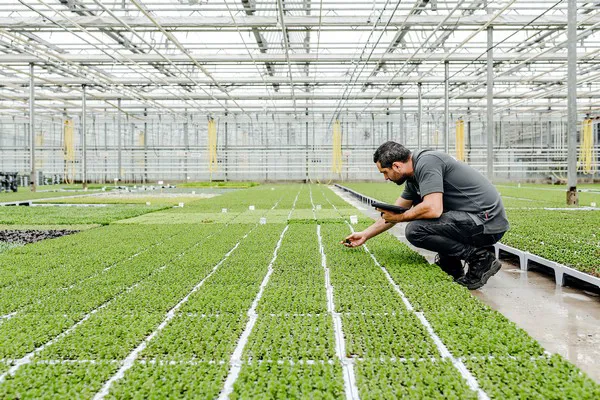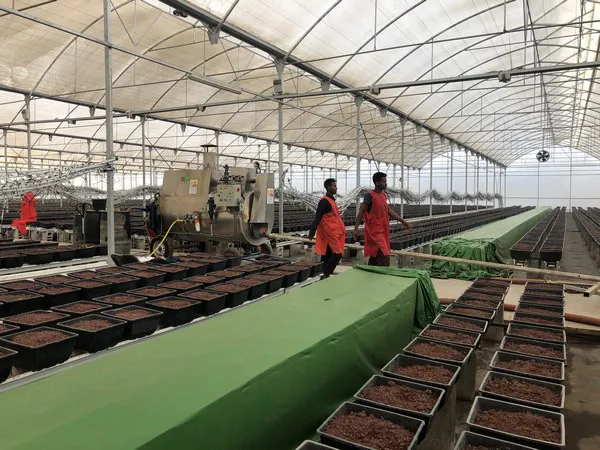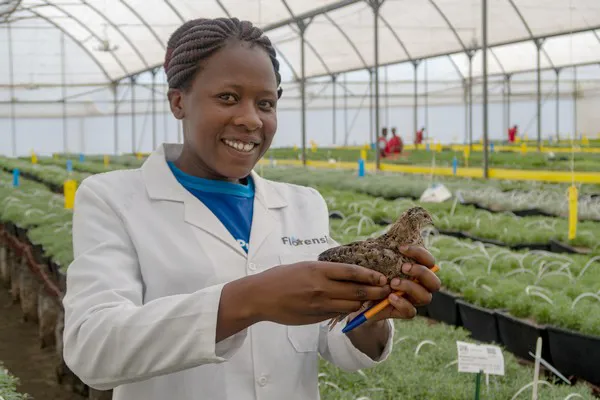Over the past five years, Florensis has made a major effort at its six production locations in the Netherlands and abroad to meet its sustainability objective that was formulated in 2015. This objective was a reduction in the use of environmentally harmful crop protection agents by 50% in 2020. The efforts of staff, the investment in improvements and the application of innovations led to a reduction of 75% by the end of 2019.

Large and small measures
Leo Hoogendoorn, CEO at Florensis, is very pleased with the achieved result. “Our production has been sustainable for some time now and all our production locations are MPS-A (Environmental Programme for Ornamental Horticulture) certified. Since 2017, neonicotinoids have been banned at the production locations and we apply IPM (Integrated Pest Management). As much as 70% of the products we now use are not harmful to the environment. We do this so that we can produce the best quality of young plants, with respect for people and the environment, while we can also supply environmentally friendly products to our customers and the market.”

Over the past five years Florensis has endeavoured to reduce at all their locations the use of the crop protection agents with high environmental impact. The methods and information from experts have been shared constantly among the locations. The result is that they now use different products that are less harmful to the environment. In MPS terms, these are green and white products. “These are often more expensive products, but doing this properly requires investments. The result has been a big reduction in the use of the red and orange products that are more harmful for the environment,” explains Leo.
The company also made major investments in steam installations for the disinfection and reuse of the growing medium. This is a very effective alternative, as a result of which we no longer use metam sodium (an orange product).

New objectives
Florensis focuses its approach on contributing to six international Sustainable Development Goals (SDGs). They have selected Good Health and Well-being (3), Quality Education (4), Gender Equality (5), Clean Water and Sanitation (6), Responsible Consumption and Production (12) and Climate Action (13).
For 2025 they have formulated two concrete sustainable objectives: the further reduction of the use of chemical crop protectants by 30% and the reduction of CO2 emissions by 25%.
For the CO2 objective they are currently taking a baseline measurement for the business activities in the Netherlands and abroad. Following this, they will be able to take specific steps to reduce their environmental footprint.
For more information: Florensis
Florensis
www.florensis.com
